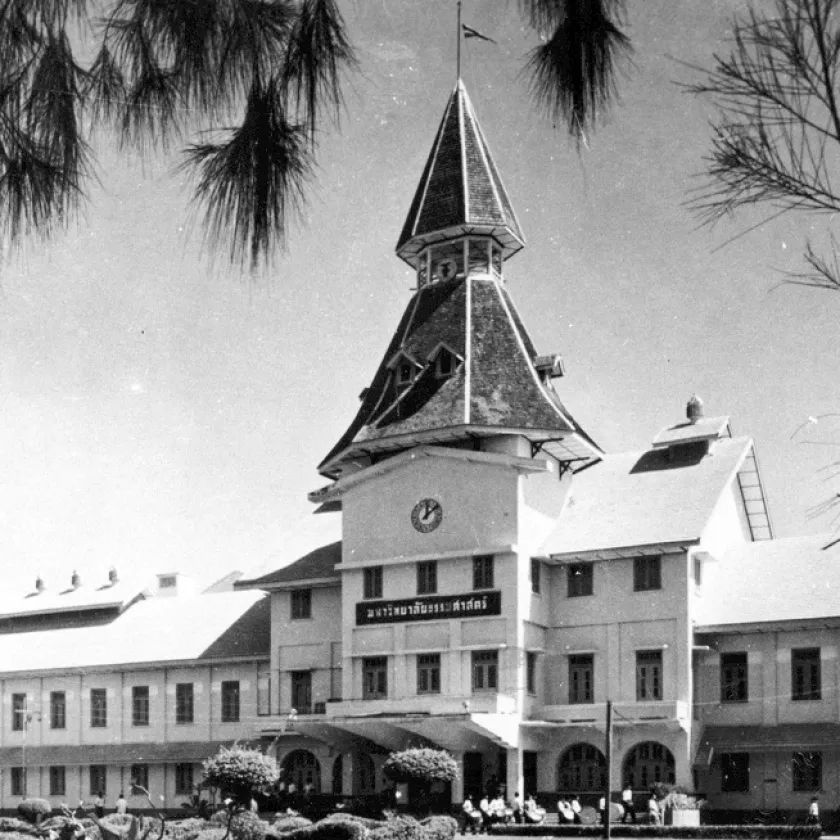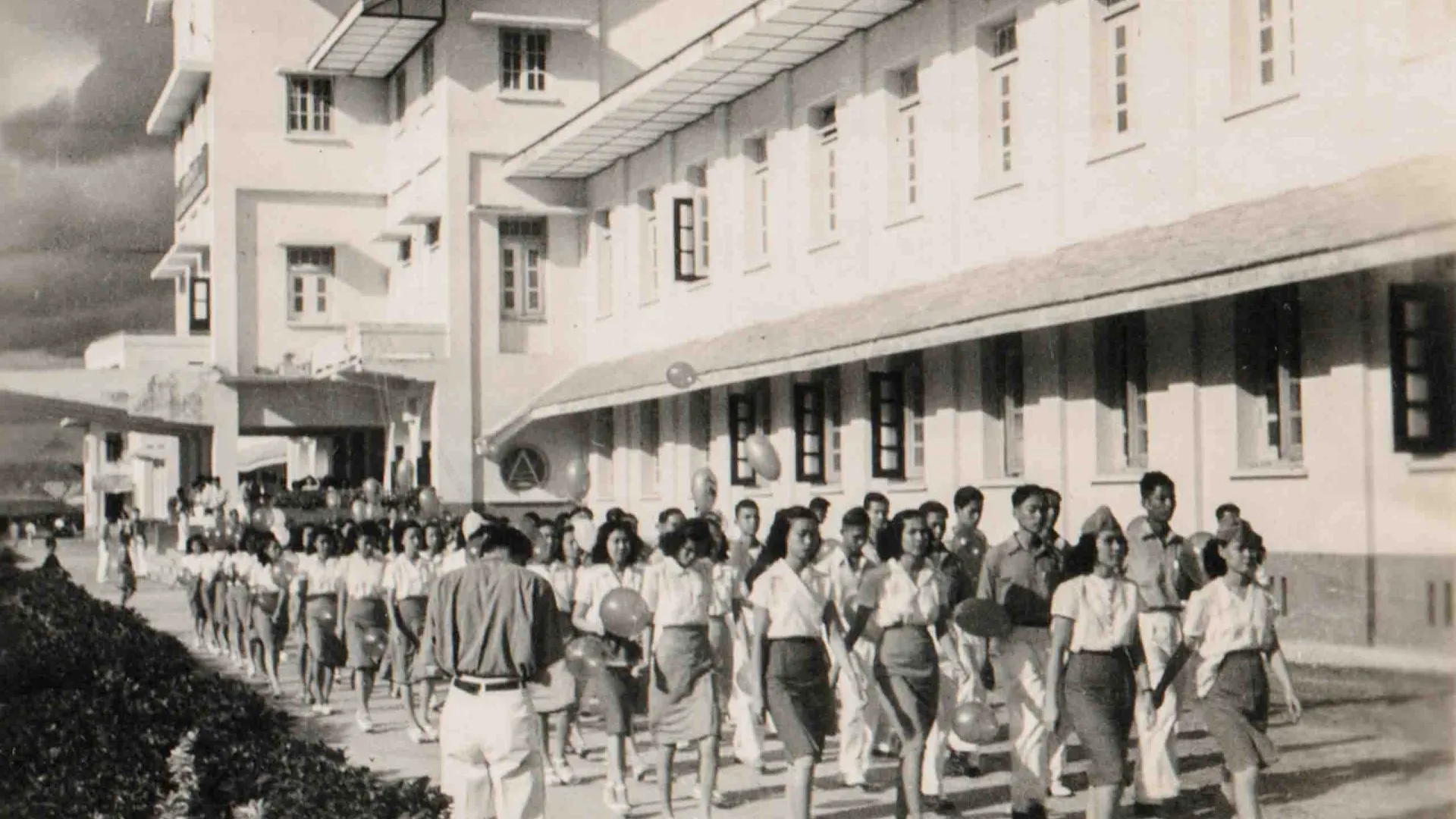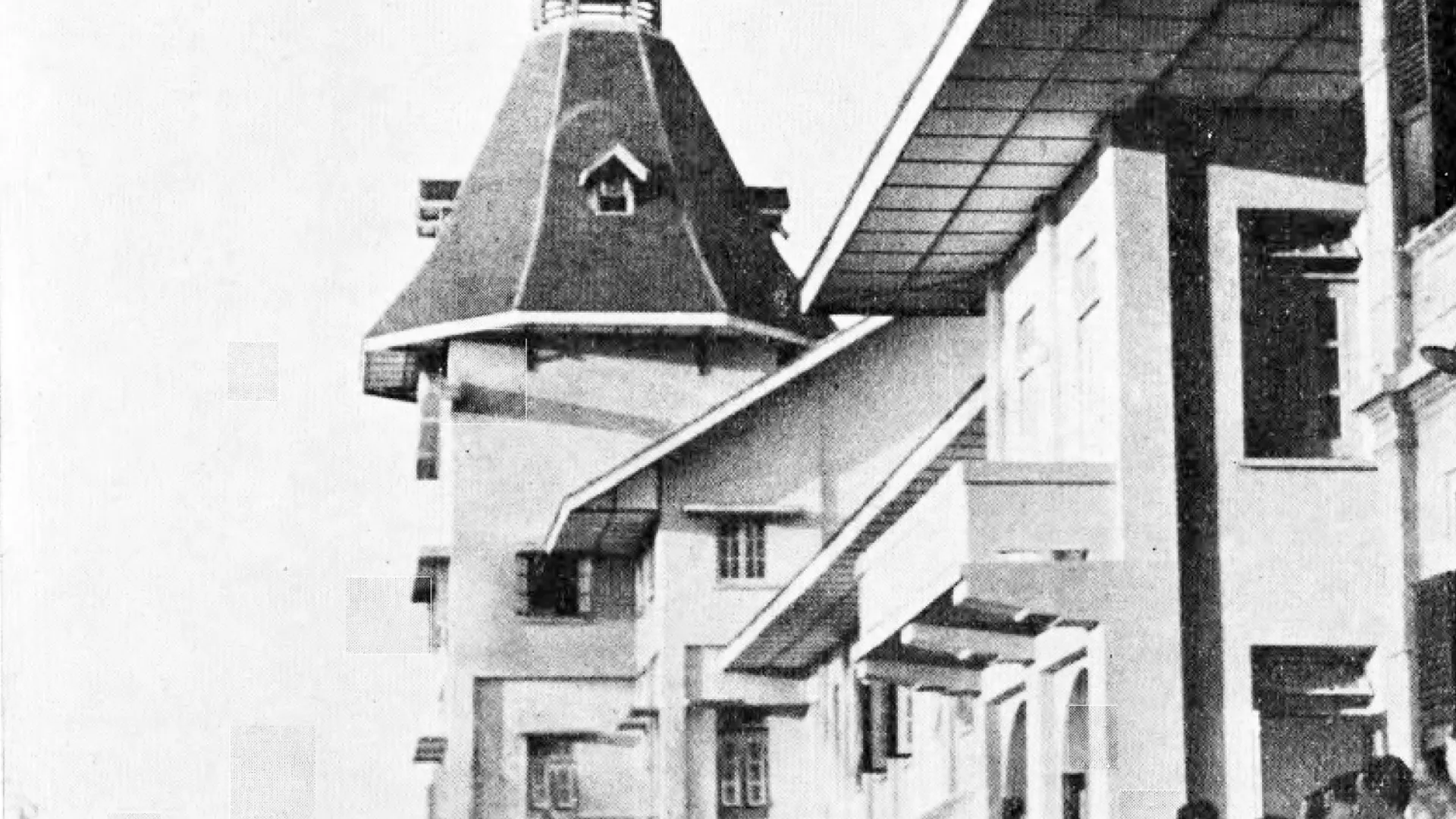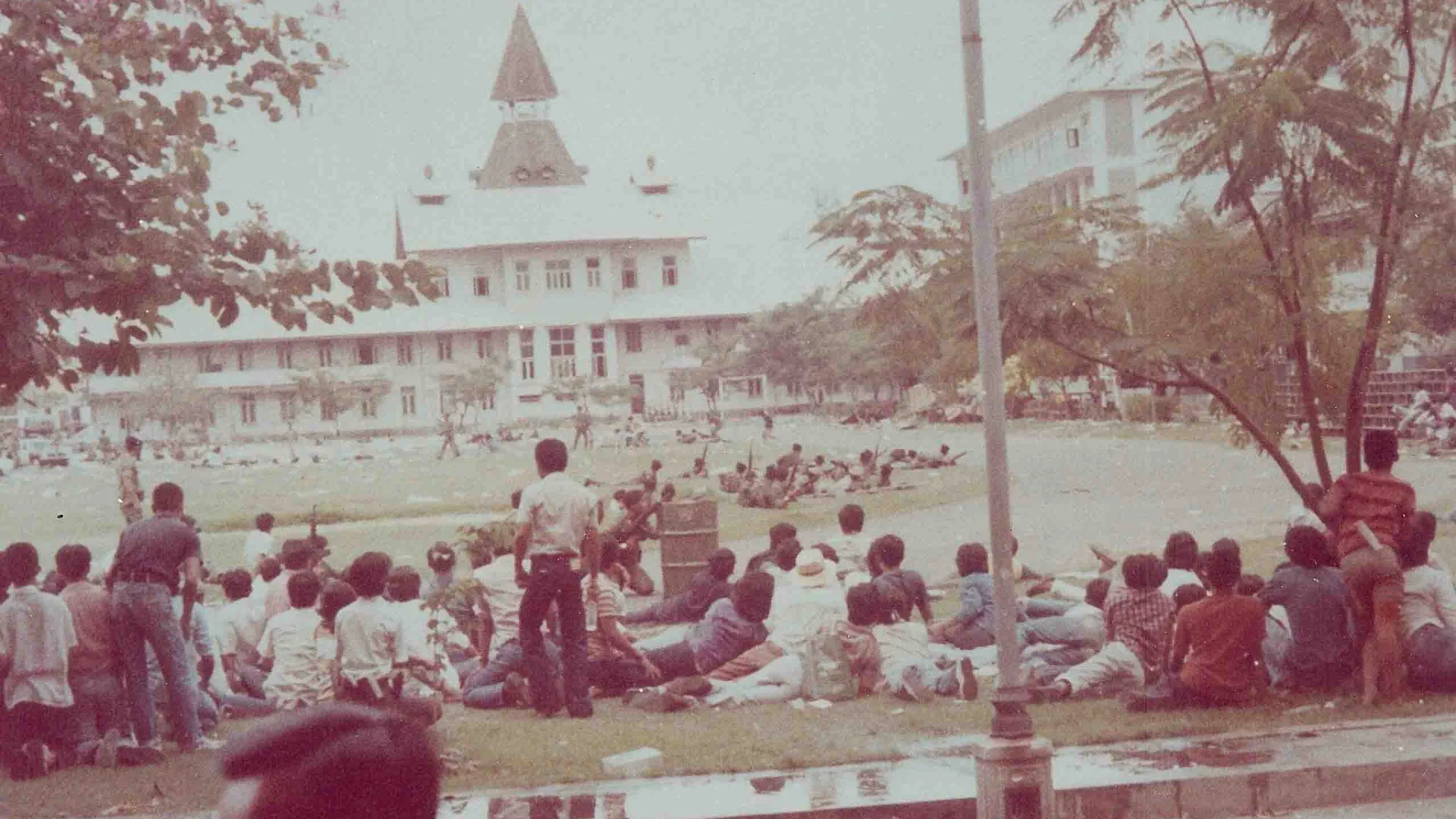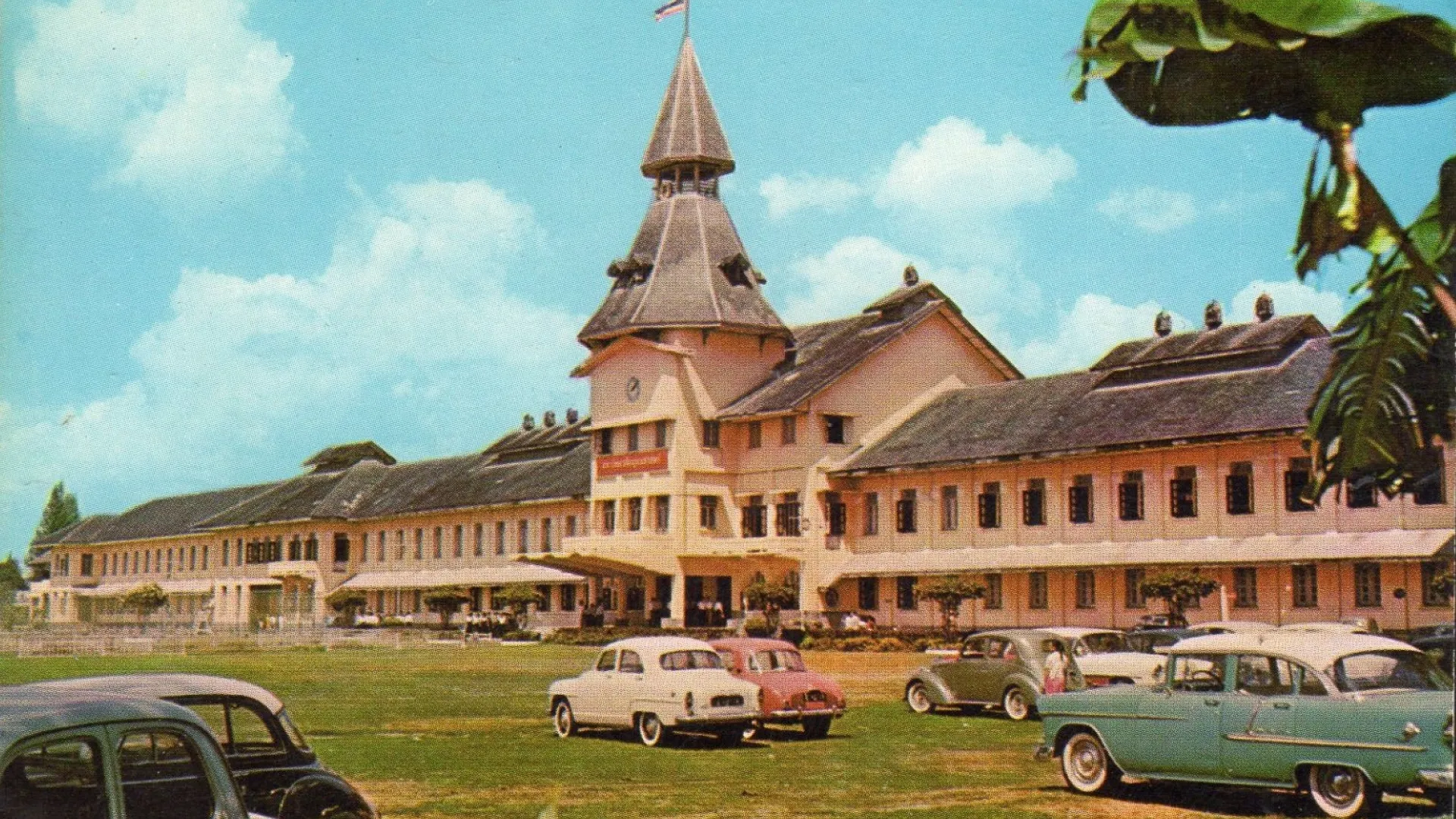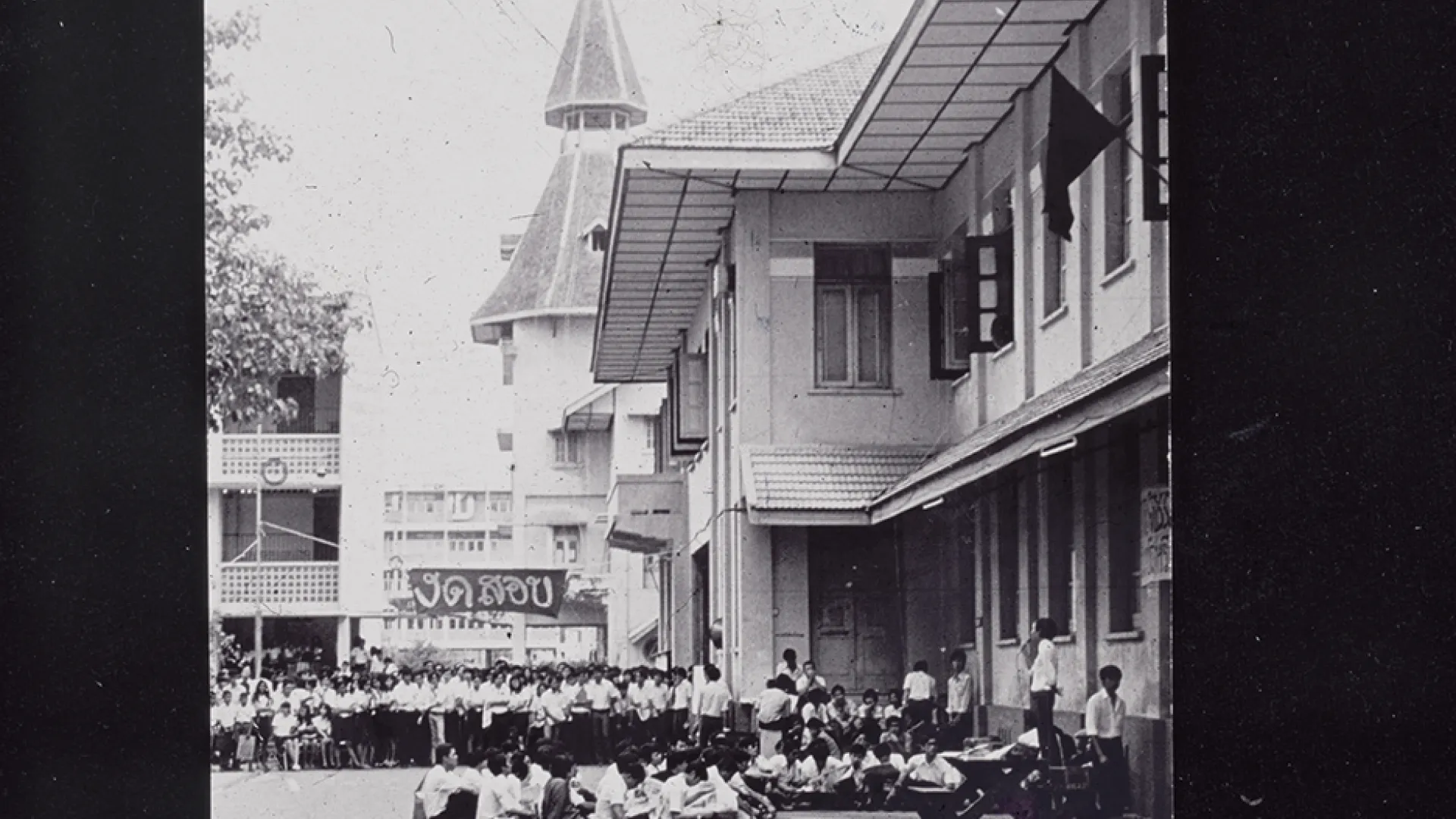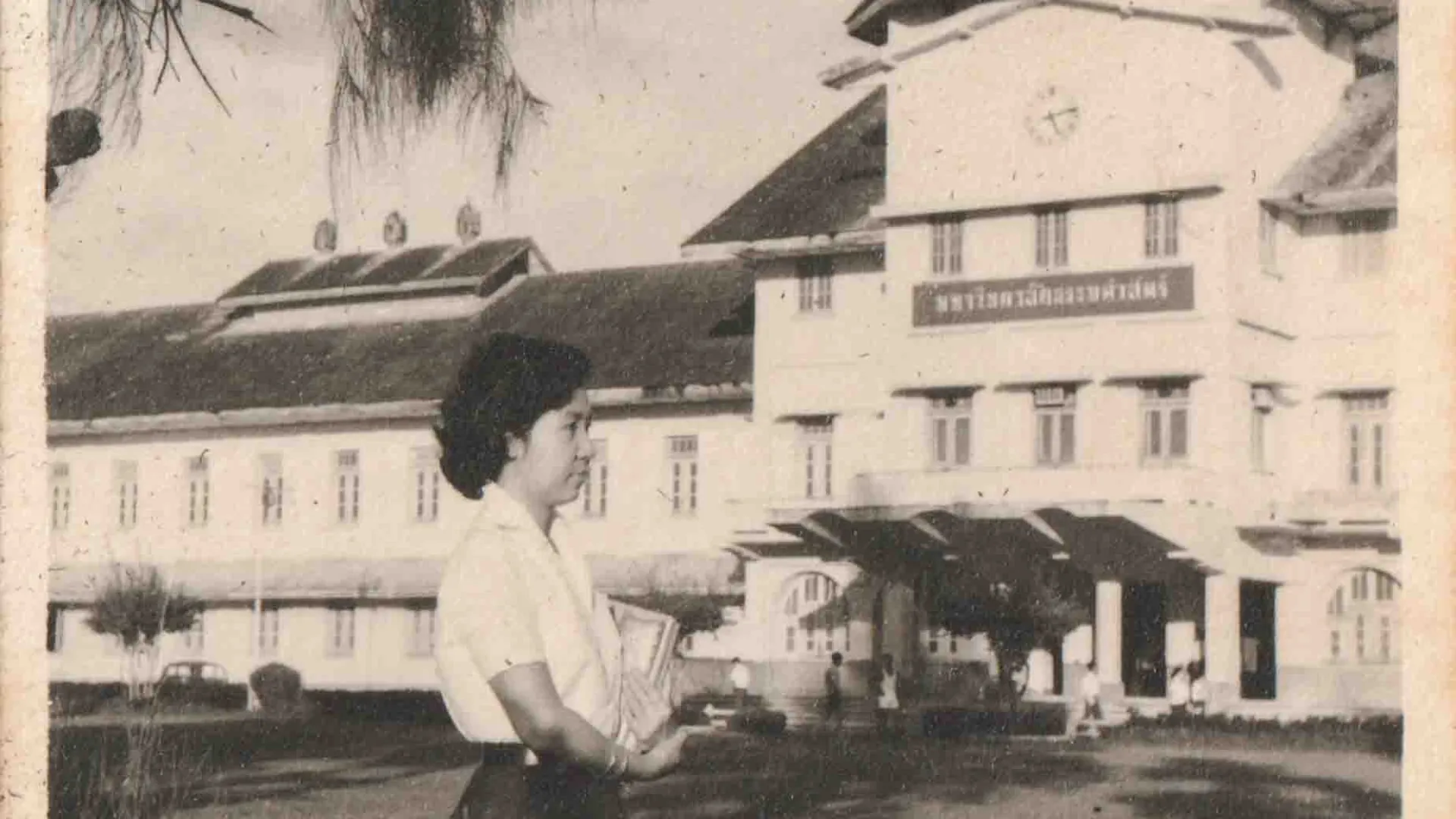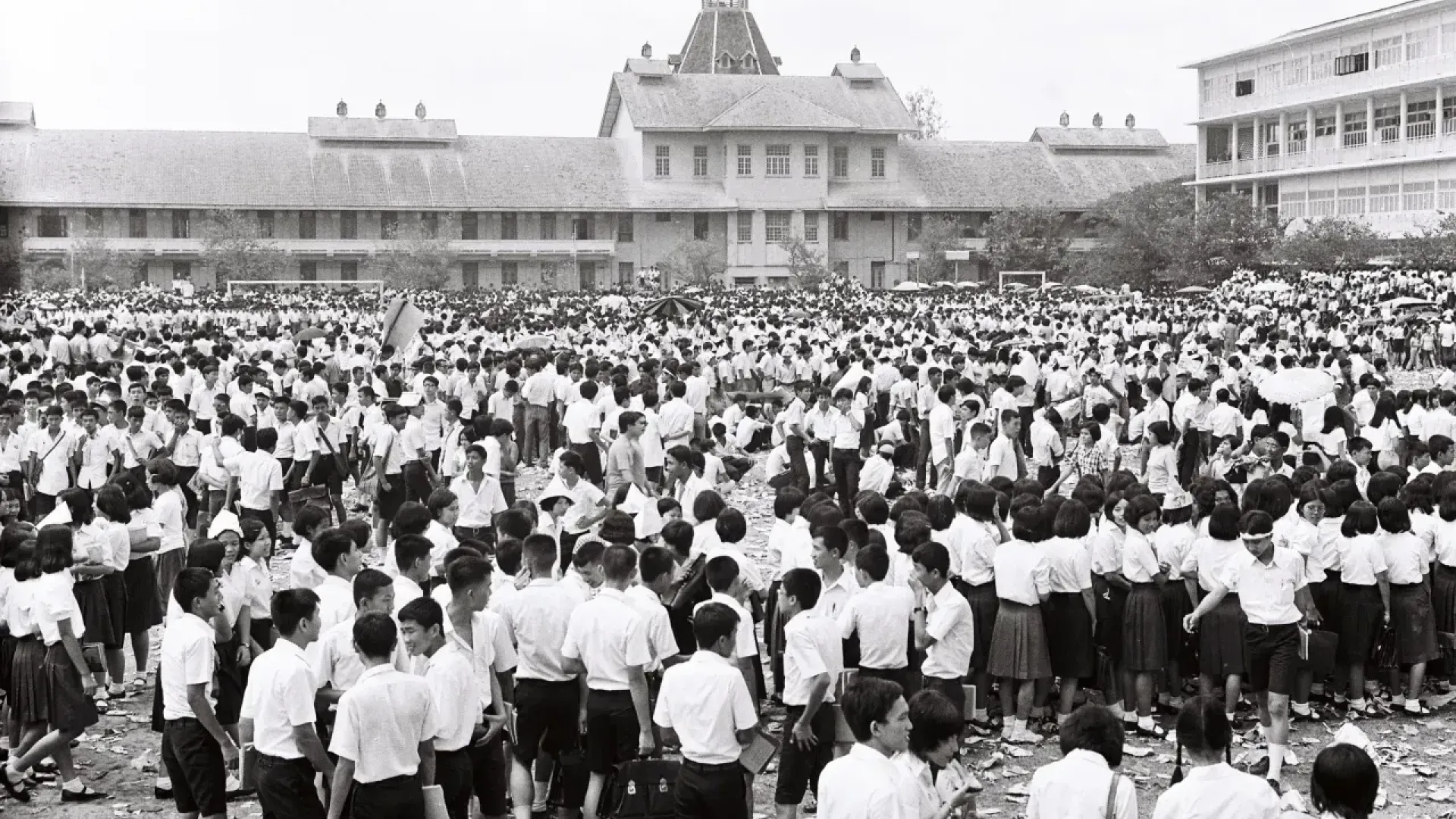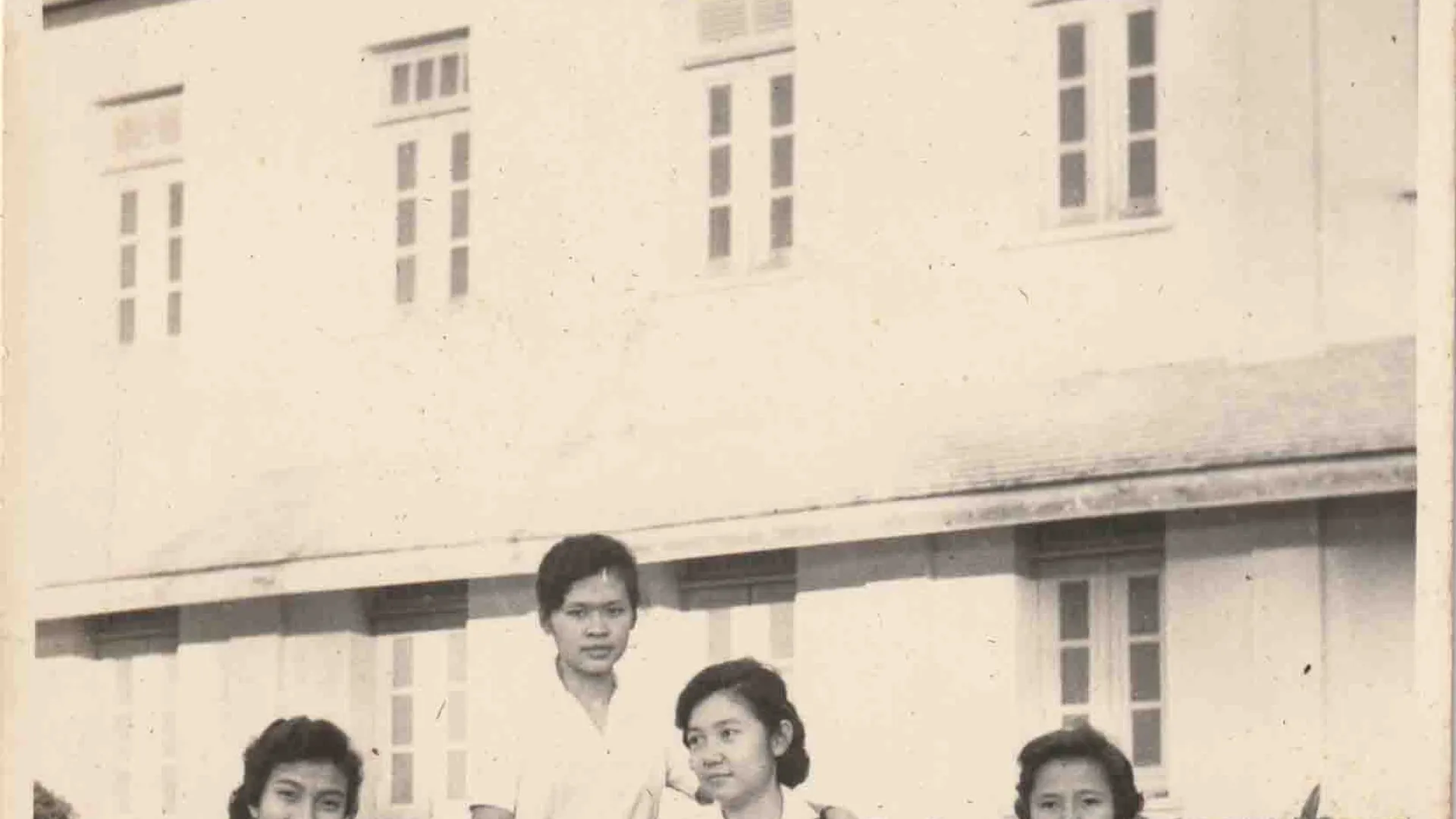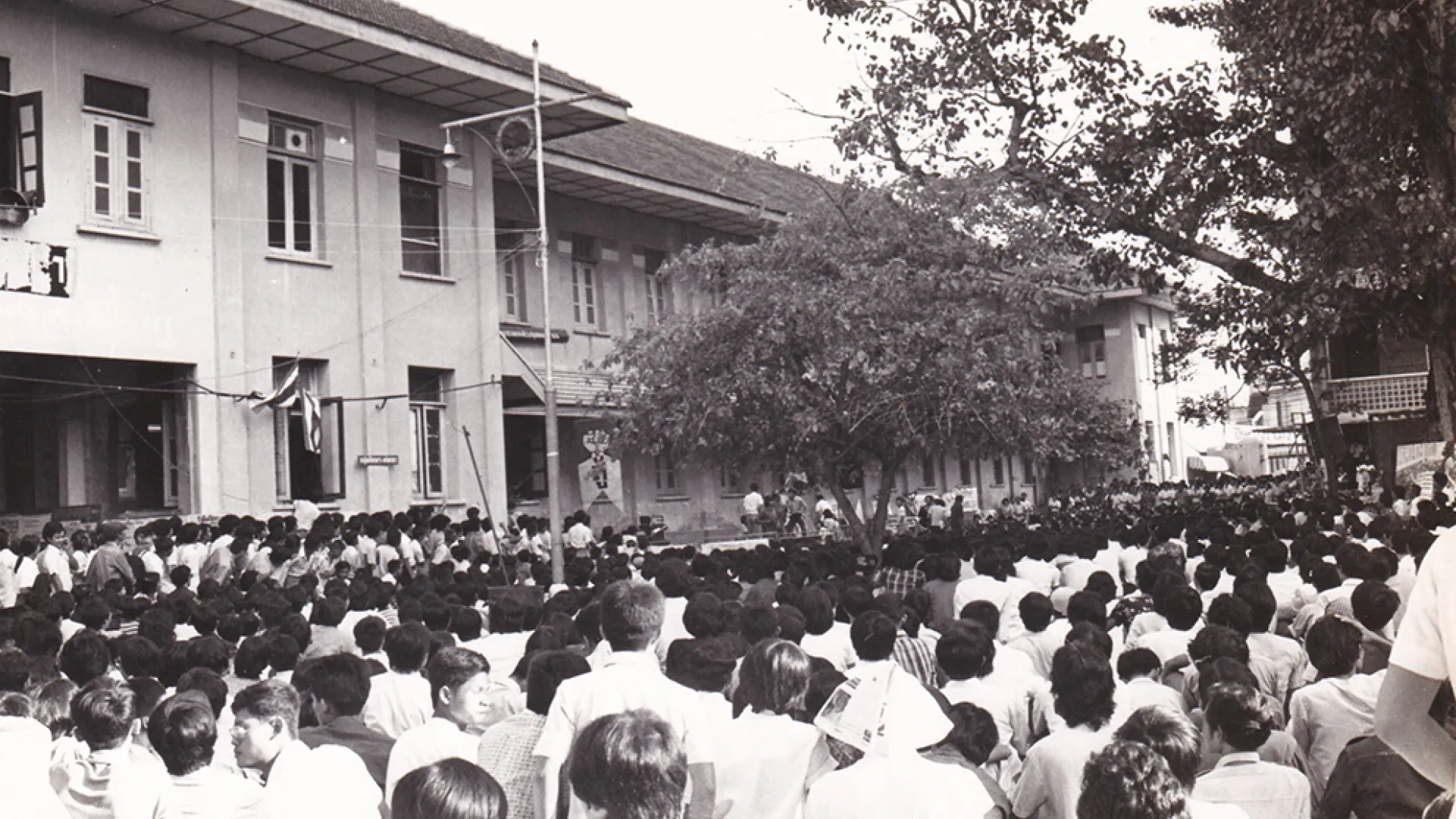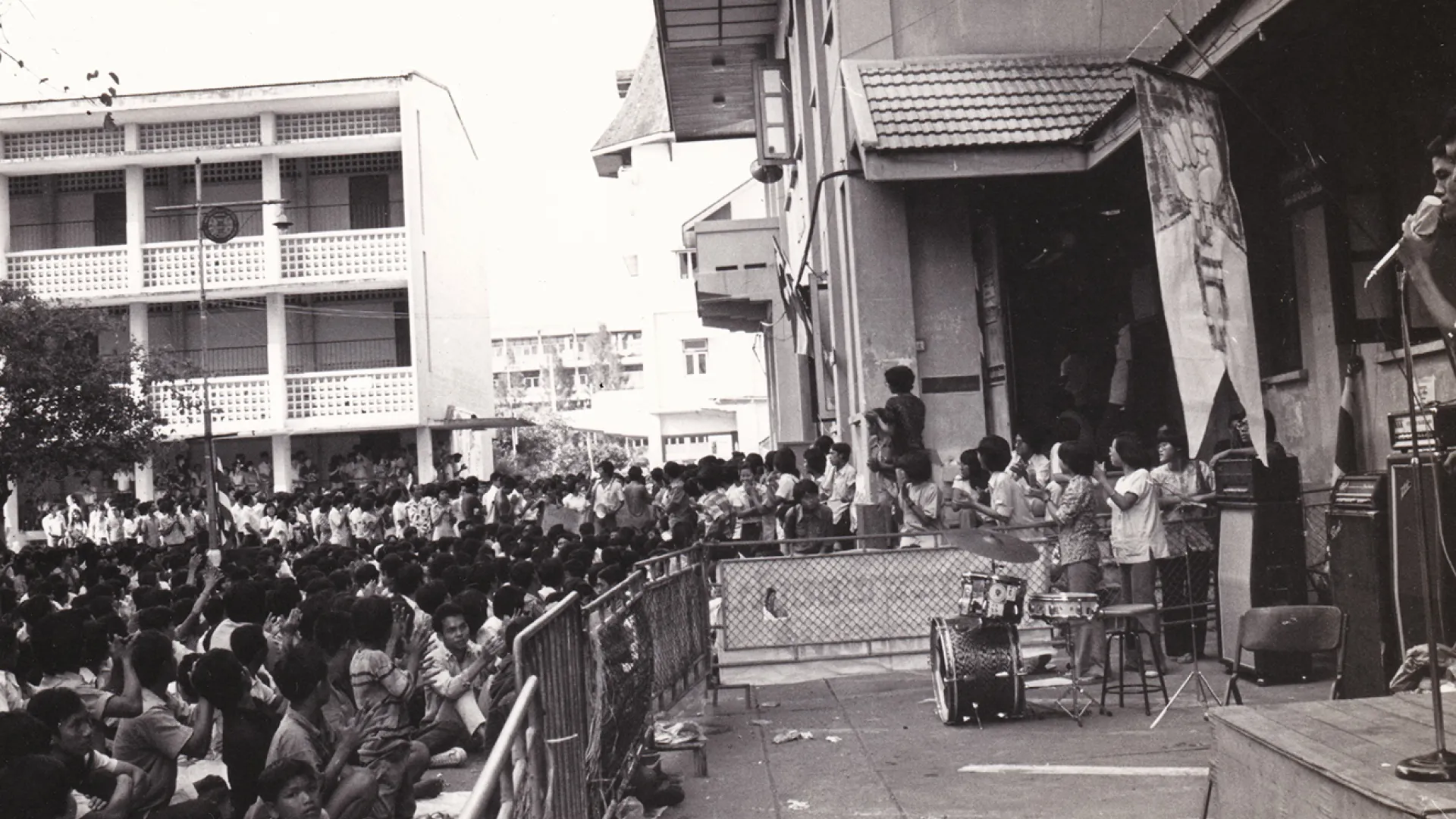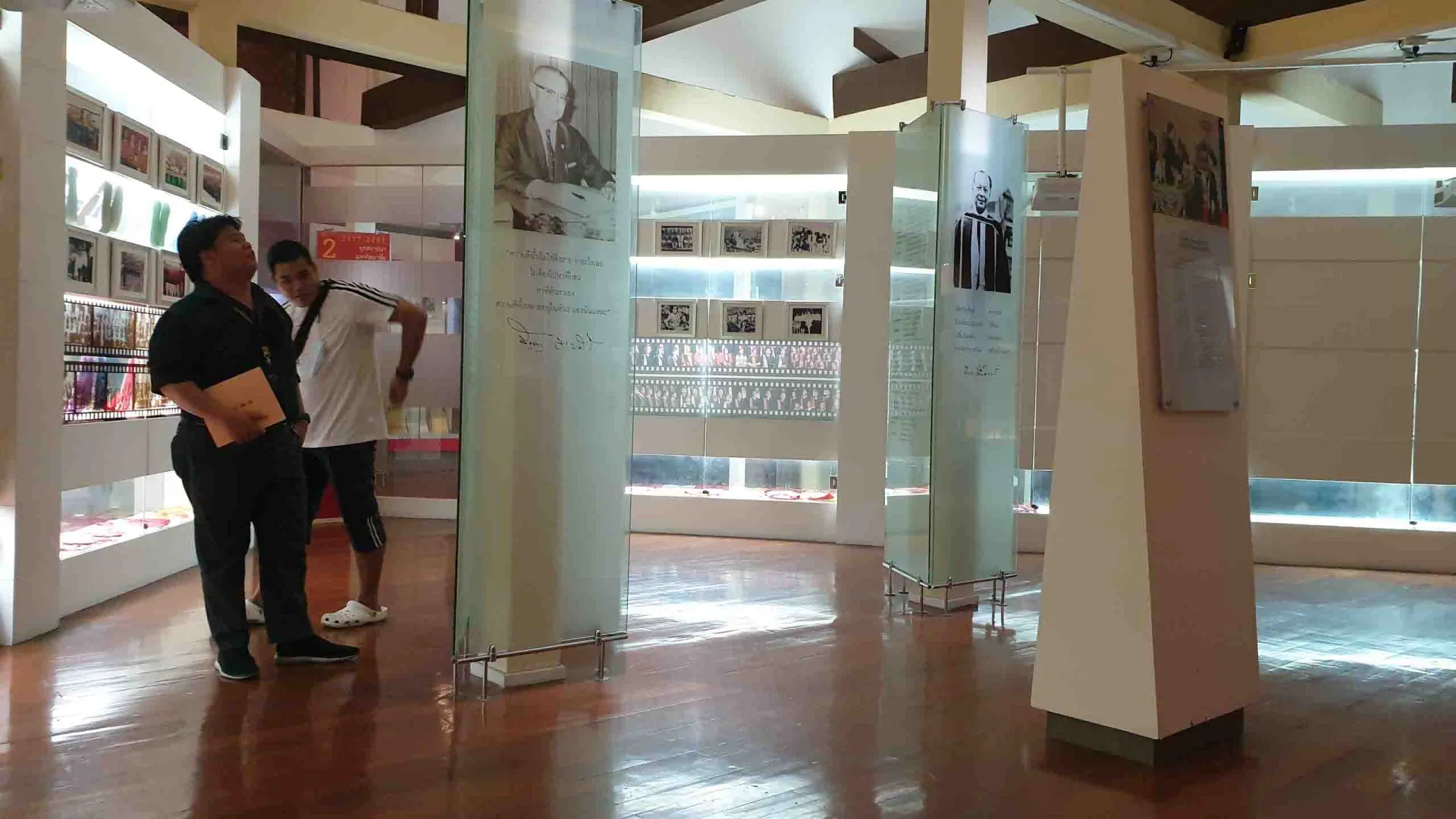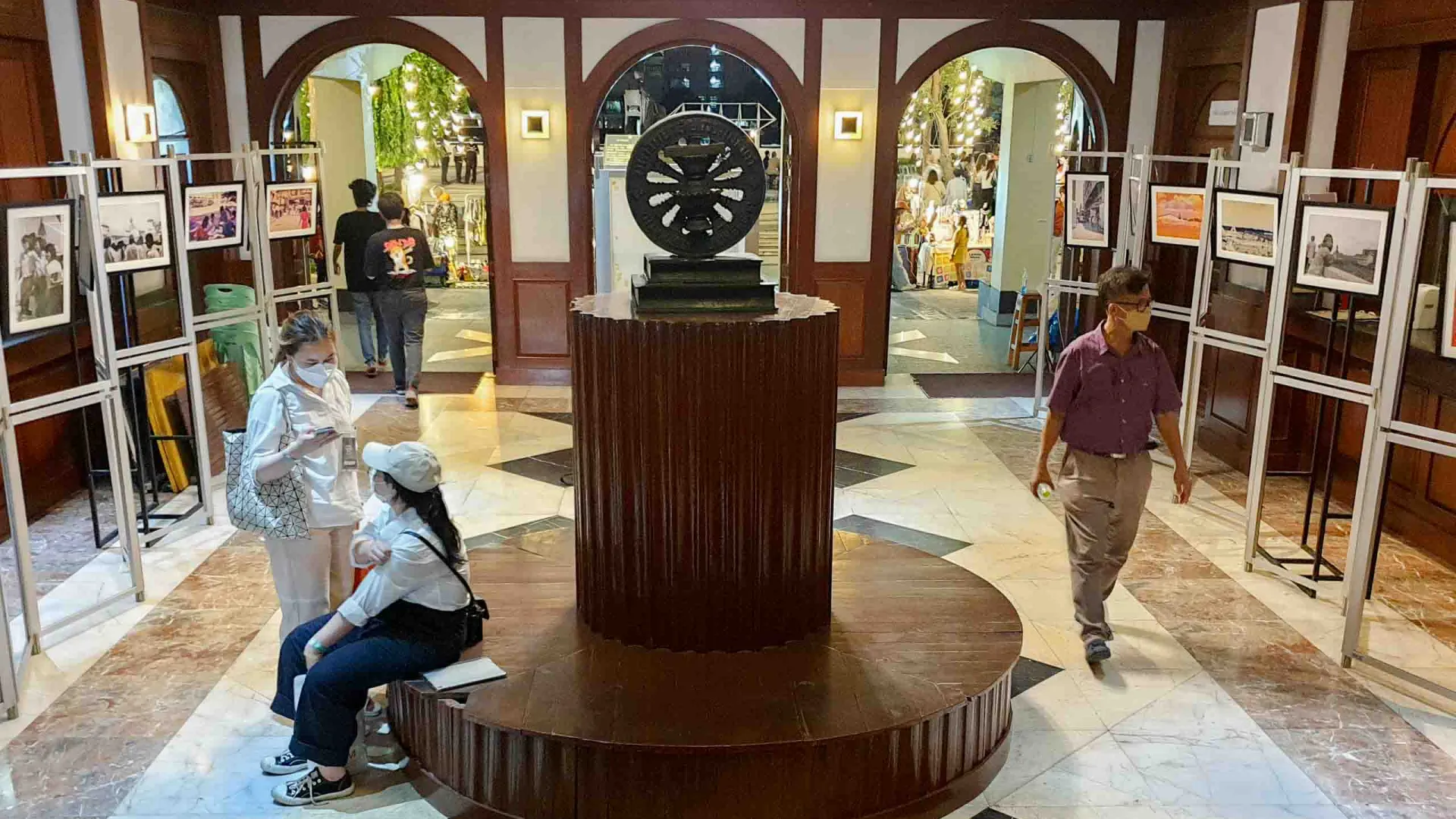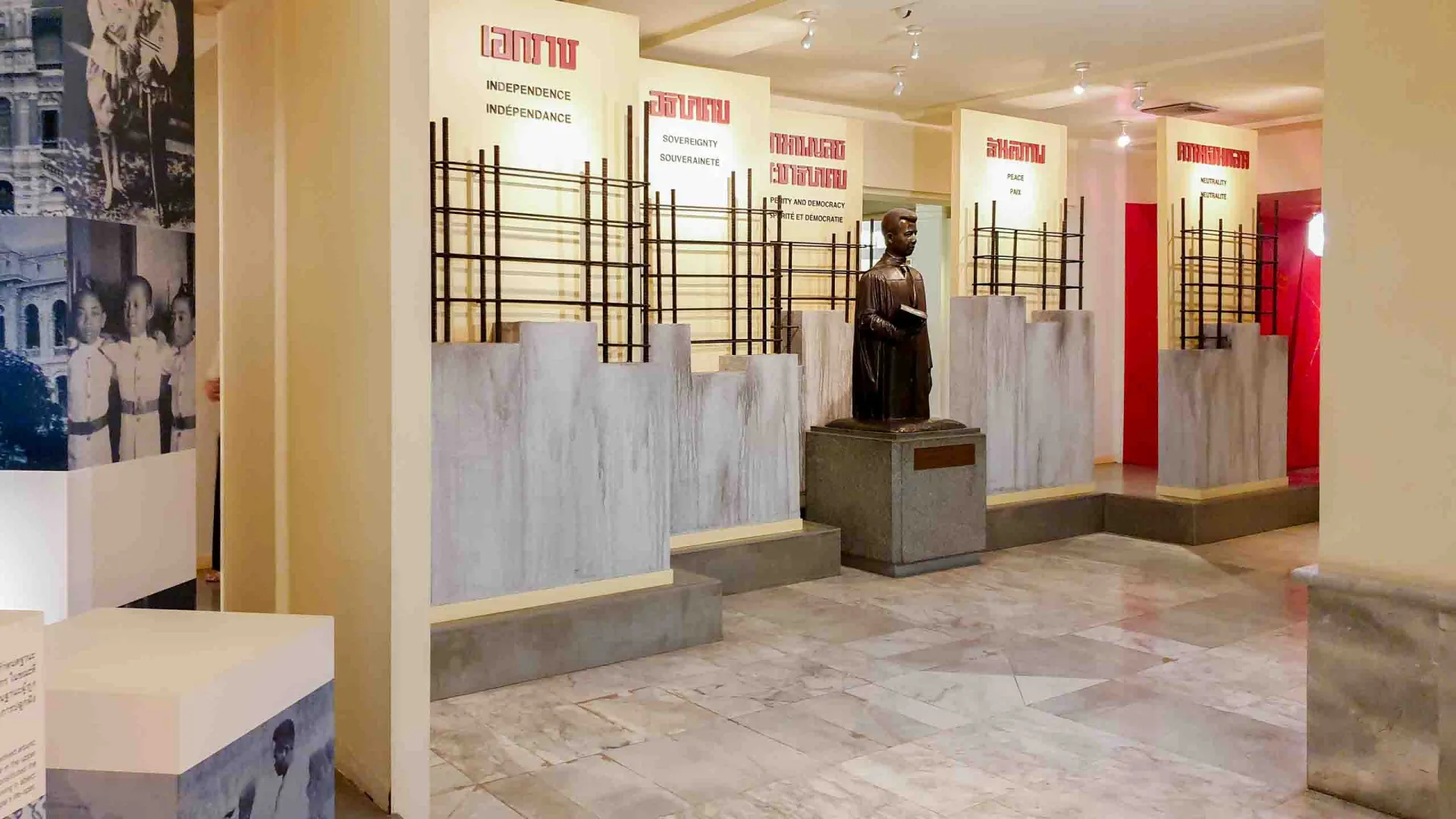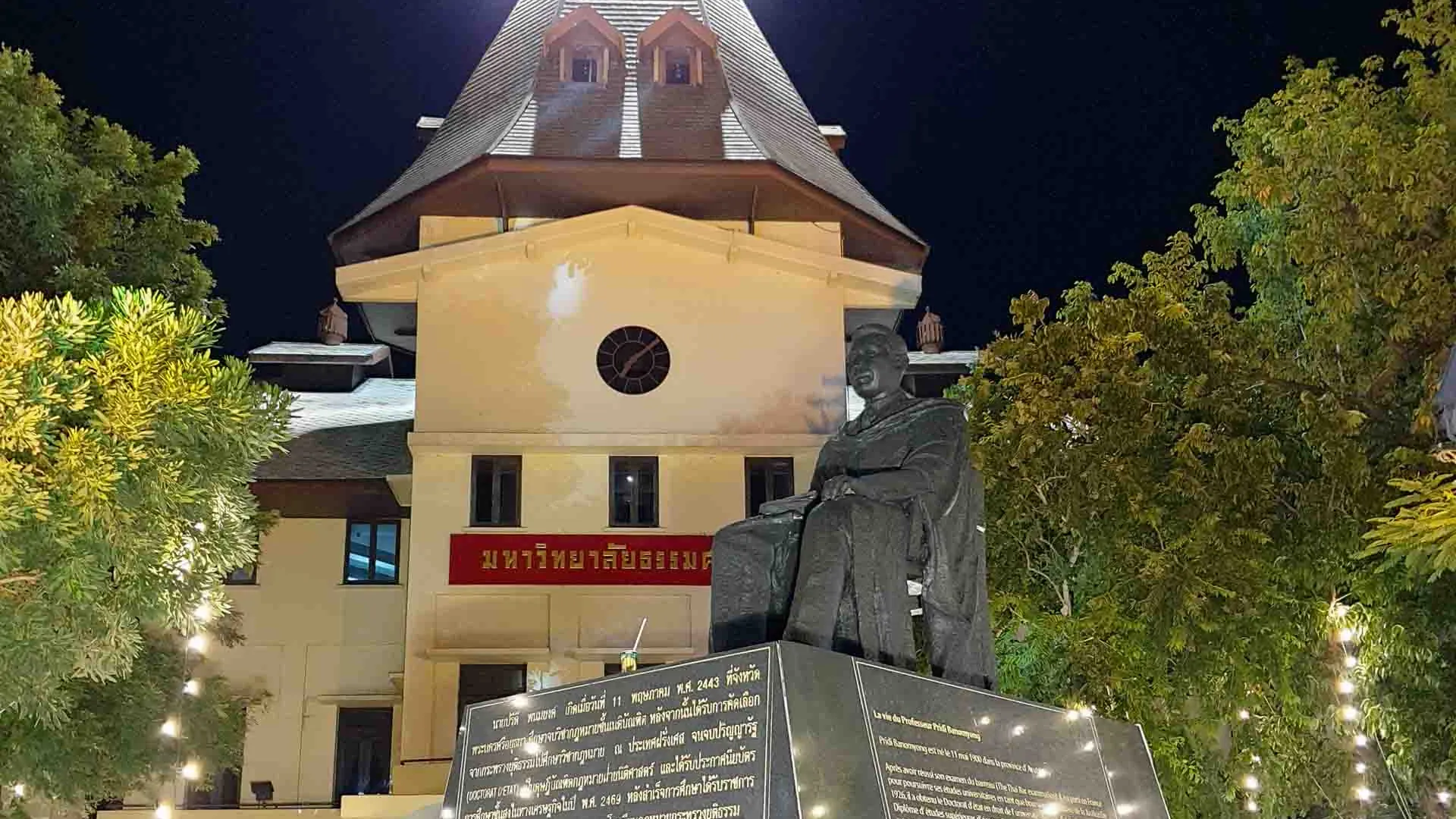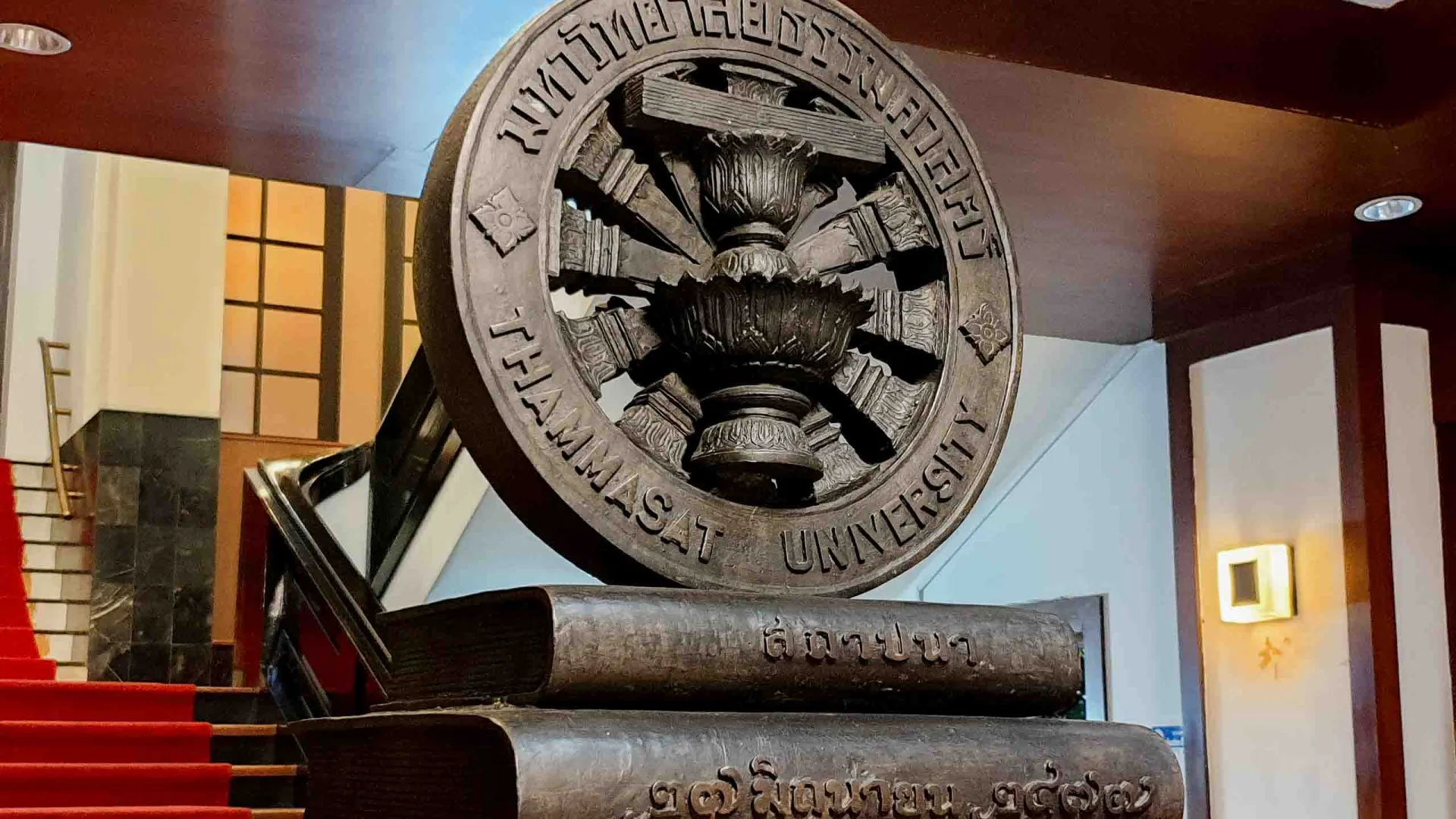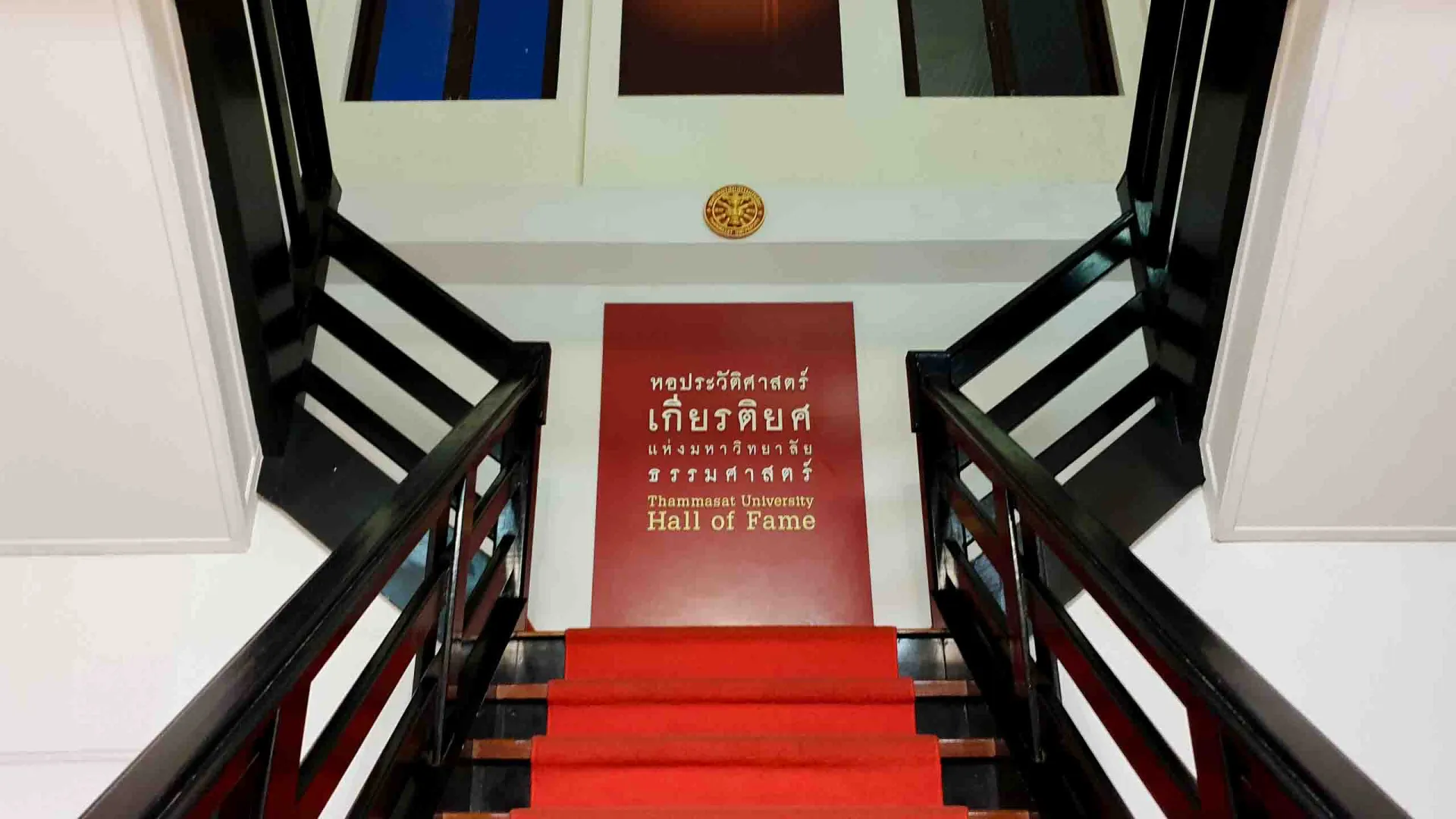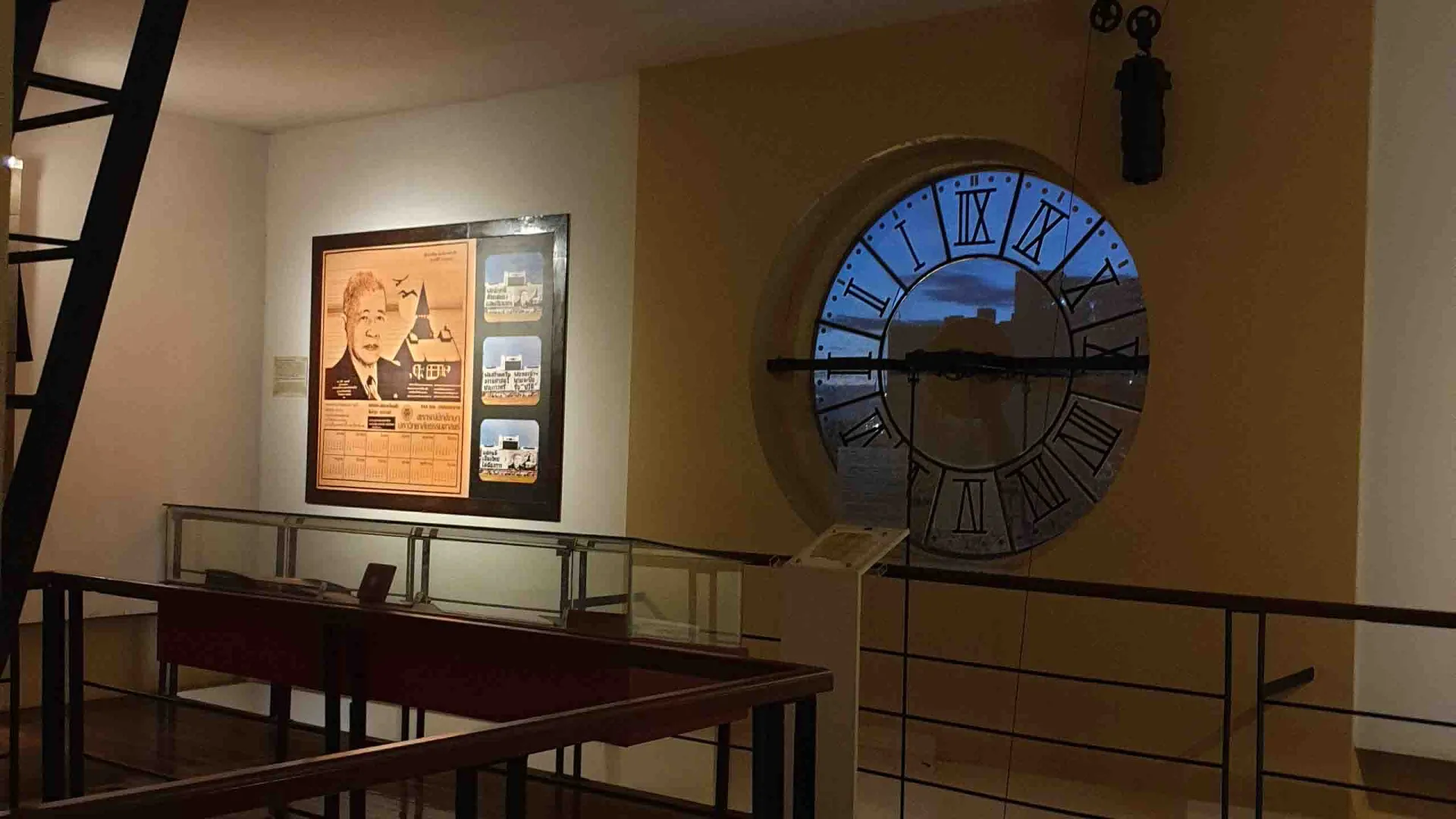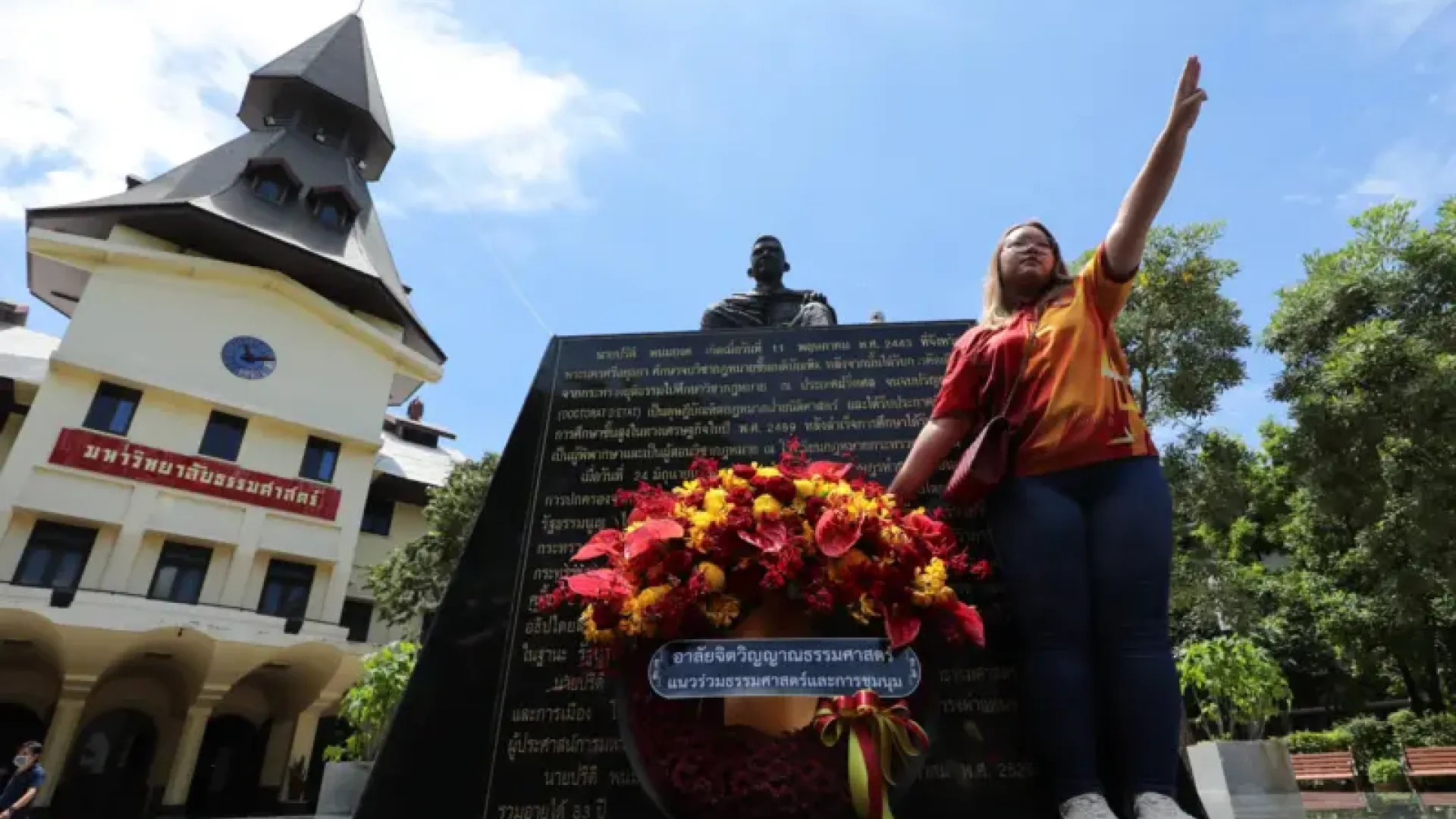"Education" was one of the six principles that the People's Party emphasized in modernizing the country after the 1932 revolution. This was reflected in part of the declaration dated June 24, 1932, which states, "The reason why the people are still despised as ignorant and not ready for democracy is because of the lack of education, which the rulers have concealed and not allowed full access to." As part of this principle, the People's Party supported the establishment of educational institutions throughout the country, especially at the higher education level. During the old regime, only Chulalongkorn University offered higher education (established in 1899 during the reign of King Rama V). Thus, "Thammasat University and Political Science" was founded on June 27, 1934, as the second higher education institution in Thailand and the first university established during the People's Party era. Its initial purpose was to serve as an open university for the study of law and politics for the general public. When Thammasat University was first established (after the 1947 coup, the university dropped the words "and Political Science" from its name and has used the current name ever since), it did not have its own buildings and had to use facilities within the Law School of the Ministry of Justice for teaching. The university then sought to purchase land in the area known as "Chan Kamphaeng Phra Nakhon," stretching from Tha Phra Chan to Phra Athit Gate, from the 4th Infantry Regiment of the Ministry of Defense to use as its campus. Later, in 1936, the university received additional land from the Ministry of Defense in the area that was the Ordnance Depot, increasing the land area to about 50 rai as it is today.
After gaining ownership of the land, the university, founded by Pridi Banomyong, who also served as its first rector, began constructing buildings with the "Command Building," later known as the "Dome Building," being the first one. The Dome Building is unique and different from typical buildings, as it was not entirely newly constructed but designed by renovating four existing two-story Western-style buildings, initially built during the reign of King Rama IV. Miew Aphaiwong, the architect who designed the Dome Building, created a new roof that connected all the buildings into one single structure. The open space in the middle between the second and third buildings, serving as the central point, was redesigned into a three-story structure connecting the ends of Buildings 2 and 3. This new central part of the building spans 22 meters, providing enough space for an entrance hall and the main stairway hall. The roof features a conical dome with two tiers, approximately 16 meters high, to accentuate the entrance and serve as the building's symbol. The base of the conical dome is designed as an octagon with six protruding windows, presumably reflecting the "Six Principles." Below the eaves of the front dome, a "Paris Clock," a special order pendulum clock with seven pieces from the S.A.B. store, is installed. To harmonize with the newly designed dome-topped building, Miew Aphaiwong also updated all the decorative patterns, which originally featured Western architectural designs from the reign of King Rama VI, to simpler, more contemporary styles (although the traditional column capitals of Buildings 1 and 4 were preserved).
Not only did the dome become a symbol of the Command Building, the first building of Thammasat University, but the "Dome Building" also became a symbol of the university in the public consciousness up to the present day. This building has stood proudly on the banks of the Chao Phraya River for over 90 years and has witnessed many significant political events in Thai history. It once served as the (secret) headquarters of the "Free Thai Movement," led by Pridi Banomyong during World War II, which played a part in preventing Thailand from being on the losing side of the war. Later, it became a strategic area for students and Pridi supporters during the "Palace Rebellion" (1949) and the "Manhattan Rebellion" (1951). The latter event spurred Thammasat students to march in protest and reclaim the university, marking the beginning of the symbolic role of the university in advocating for freedom and opposing unjust power. One of the most significant events in the memories of Thai people is the massacre at the university on October 6, 1976. In addition, the Dome Building has been a crucial site for people after the 2006 coup, symbolizing the revival of the People's Party and commemorating Pridi Banomyong's role in supporting democracy, continuing to the present day. In another aspect, after the founding of Thammasat University, the People's Party established other higher education institutions to fully support the educational policies for the public, including Kasetsart University, Medical University (now Mahidol University), and Silpakorn University (all founded in 1943). It can be said that Thammasat University not only symbolizes the struggle for democracy but also marks the beginning of modern education accessible to people of all classes in Thailand.
